Iravan : The Sacrificial Hero
Listen
At a glance
| Description | |
|---|---|
| Origin | Indian Mythology |
| Classification | Demigods |
| Family Members | Arjuna (Father), Ulupi (Mother) |
| Region | India |
| Associated With | Bravery, Valor |
Iravan
Introduction
Iravan, also known as Aravan, Iravat, or Iravant, is a fascinating character from the Mahabharata whose legacy extends far beyond the pages of the epic. Though he appears only briefly in the Sanskrit text, his story of sacrifice, divine heritage, and posthumous power has found vibrant expression in South Indian folklore, temple worship, and the cultural life of transgender communities. His tale embodies both heroic valor and deep spiritual symbolism, making him a bridge between classical mythology and living tradition. Today, Iravan is celebrated not just as a warrior but also as a patron deity of marginalized groups, a symbol of sacrifice, and a figure whose story continues to evolve across cultures and geographies.
Physical Traits
Depictions of Iravan vary, but they consistently highlight his dual heritage as the son of Arjuna and the Naga princess Ulupi. Artistic traditions portray him as a strikingly youthful warrior with strong features and a commanding presence. Many temple representations show him crowned, adorned with earrings, and marked with the Vaishnava tilak on his forehead, emphasizing his divine lineage. In some Draupadi temples, he is represented as a severed head with bulging eyes and a fierce mustache, capturing the moment of his ritual sacrifice. This image, though severe, signifies his boon to witness the great Kurukshetra war even after death. At Koovagam, his idol appears serene rather than terrifying, reflecting his acceptance of destiny and his role as a sacrificial hero.
Family
Iravan’s parentage is central to his identity. His father, Arjuna, was the great Pandava warrior, while his mother, Ulupi, was a Naga princess from the serpent realm. Their union, mentioned in the Adi Parva of the Mahabharata, occurred when Arjuna was in exile. Raised in his mother’s homeland, Iravan inherited qualities from both sides: the martial prowess of his father and the mystic essence of the Nagas. Folk traditions also emphasize his symbolic marriage to Krishna in the form of Mohini, which took place on the eve of his death. This union reflects his desire not to leave the world unmarried and has been ritually reenacted for centuries during the Koovagam festival in Tamil Nadu, where transgender devotees marry Iravan before mourning his death. In this way, his family story extends beyond bloodline to encompass ritual kinship and spiritual identity.
Other names
The name Iravan has appeared in multiple forms across regions and traditions, each carrying unique connotations. In Tamil Nadu, he is widely worshipped as Aravan, especially in Koovagam rituals where he is called Koothandavar. The Sanskrit form Iravat is linked to meanings such as “possessing food” or “endowed with provisions,” connecting him with sacrifice and fertility. Scholars like Alf Hiltebeitel interpret the name as “one who possessed Iḍā,” while French Indologist Madeleine Biardeau suggests that Iravant signifies “sacrificial victim,” aligning with his destiny in the war. In Javanese wayang traditions, he appears as Irawan, where his story takes on localized forms and even includes marriages unknown to Indian narratives. These variations show how his identity has traveled and transformed, making him a figure of both regional devotion and broader cultural imagination.
Powers and Abilities
Iravan’s abilities, though not extensively elaborated in the Mahabharata, reveal him as a warrior of immense strength and mystical gifts. On the battlefield, he fought as a Maharatha, defeating many enemies with his sword, bow, and arrows. Accounts describe him facing Shakuni’s brothers and even the Rakshasa prince Alambusha, against whom he displayed mastery over celestial weapons and illusions. From his Naga heritage, he inherited serpent allies who rose to aid him, though his final battle ended with his beheading. Before his sacrifice, Iravan requested boons from Krishna: to die a heroic death, to witness the entire war through his severed head, and to be remembered in ritual. These wishes elevated him from a warrior to a symbolic figure of sacrifice and vision. Beyond martial valor, Iravan is believed in folk worship to cure diseases, grant fertility, and protect his devotees, highlighting the spiritual potency attributed to him in temples across South India.
Modern Day Influence
Iravan’s significance has grown remarkably in contemporary times, particularly in South India and Southeast Asia. The most prominent celebration of his legacy is the Koovagam festival in Tamil Nadu, an 18-day event where transgender devotees marry Iravan before ritually mourning his sacrifice. This festival has become one of the largest gatherings of transgender communities in Asia, blending myth with identity, devotion, and social solidarity. Here, Iravan is not just a deity but also a symbol of acceptance, embodying the struggles and dignity of marginalized groups.
Temples dedicated to him often enshrine his severed head, reminding devotees of his sacrifice and his boon to witness the great war. In addition to Tamil Nadu, Iravan is worshipped in Kerala and Karnataka, and his iconography remains central to the Draupadi cult. His story has even crossed into Indonesia, where he appears in Javanese wayang puppet theatre as Irawan, with local narratives that expand his character beyond the Mahabharata.
Beyond religious worship, Iravan’s legacy has influenced cultural activism. NGOs use the Koovagam festival as a platform for awareness on issues such as HIV/AIDS, connecting ancient myth with modern social concerns. His tale has also entered academic discourse, exploring themes of sacrifice, gender identity, and inclusivity. Through these diverse expressions, Iravan continues to embody resilience, devotion, and the power of myth to adapt across time and community.
Related Images
Source
Hinduism Facts. (2025, April 3). Iravan – The God of the Transgender Community in India. Retrieved August 27, 2025, from https://hinduismfacts.org/hindu-gods-and-goddesses/iravan/
Indus.heartstrings. (2016, August 23). Iravan’s Sacrifice!. Retrieved August 27, 2025, from https://indus-meetindus.blogspot.com/2016/08/iravans-sacrifice.html
Mishra, V. (2023). Transgenders in India: An Introduction. Taylor & Francis.
Semanticscholar.org. (2025, June 16). Iravan, Son of Arjuna | AstroVed Blogs. Retrieved August 27, 2025, from https://www.astroved.com/blogs/iravan-son-of-arjuna
Stories Made Simple. (2024, October 23). Iravan and Babruvahana – The Story of Uloopi’s Unconditional Love. Retrieved August 27, 2025, from https://storiesmadesimple.in/iravan-and-babruvahana-uloopis-unconditional-love/
Tales of Sanatan. (2023, April 13). Sacrifice of Iravan: How it Helped Pandavas Regain Their Kingdom. Retrieved August 27, 2025, from https://www.talesofsanatan.com/the-sacrifice-of-iravan-how-it-helped-pandavas-regain-their-kingdom/
Wikipedia. (n.d.). Iravan. Retrieved August 27, 2025, from https://en.wikipedia.org/wiki/Iravan
Wisdom Library. (2019, January 28). Story of Irāvān. Retrieved August 27, 2025, from https://www.wisdomlib.org/hinduism/compilation/puranic-encyclopaedia/d/doc241630.html
Wisdom Library. (2023, October 15). Iravan, Irāvān, Iravaṉ, Īravaṉ: 5 definitions. Retrieved August 27, 2025, from https://www.wisdomlib.org/definition/iravan
WorldCat. (2013). The Aravan Cult: Living Traditions of Transgenders in Tamil Nadu.. Retrieved August 27, 2025, from https://search.ebscohost.com/login.aspx?direct=true&profile=ehost&scope=site&authtype=crawler&jrnl=00194387&AN=95473757&h=%2FUhudV7mt3f4BE%2BW8mwTjXMUfU30BDMzvEF%2Fz3NspnyH6iw41pKHDEQ5nAUMBK0ZB3vX50cjV7GJQyxmNsfloA%3D%3D&crl=c
Frequently Asked Questions
What is lorem Ipsum?
I am text block. Click edit button to change this text. Lorem ipsum dolor sit amet, consectetur adipiscing elit. Ut elit tellus, luctus nec ullamcorper mattis, pulvinar dapibus leo.
What is lorem Ipsum?
I am text block. Click edit button to change this text. Lorem ipsum dolor sit amet, consectetur adipiscing elit. Ut elit tellus, luctus nec ullamcorper mattis, pulvinar dapibus leo.
What is lorem Ipsum?
I am text block. Click edit button to change this text. Lorem ipsum dolor sit amet, consectetur adipiscing elit. Ut elit tellus, luctus nec ullamcorper mattis, pulvinar dapibus leo.
What is lorem Ipsum?
I am text block. Click edit button to change this text. Lorem ipsum dolor sit amet, consectetur adipiscing elit. Ut elit tellus, luctus nec ullamcorper mattis, pulvinar dapibus leo.
What is lorem Ipsum?
I am text block. Click edit button to change this text. Lorem ipsum dolor sit amet, consectetur adipiscing elit. Ut elit tellus, luctus nec ullamcorper mattis, pulvinar dapibus leo.


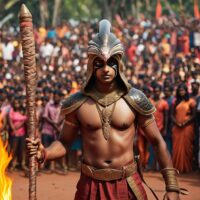

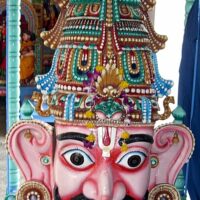
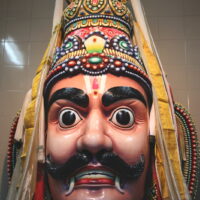




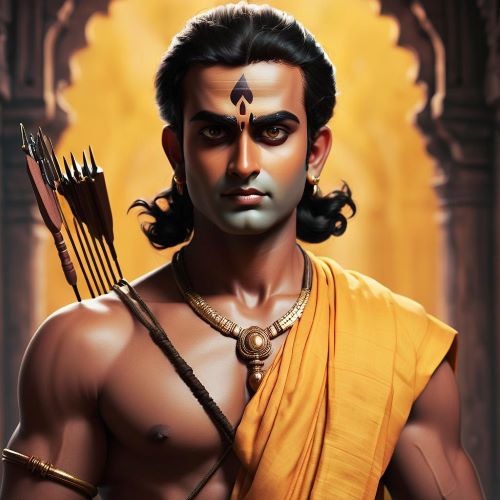

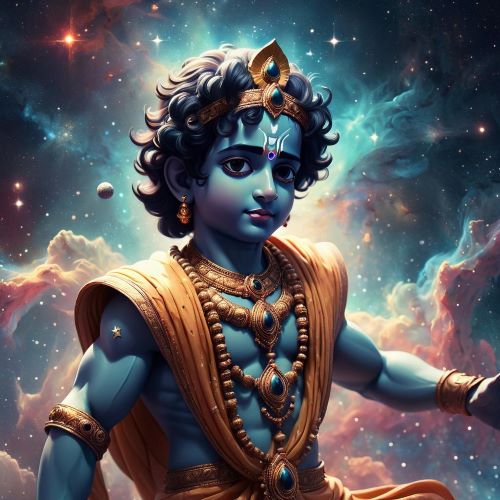
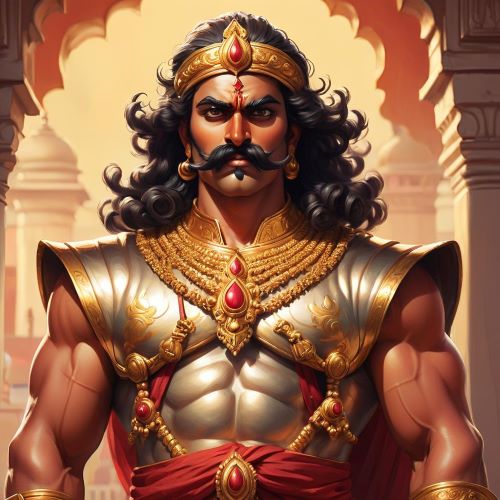
Marquise Langosh
Ive read several just right stuff here Certainly price bookmarking for revisiting I wonder how a lot effort you place to create this kind of great informative website